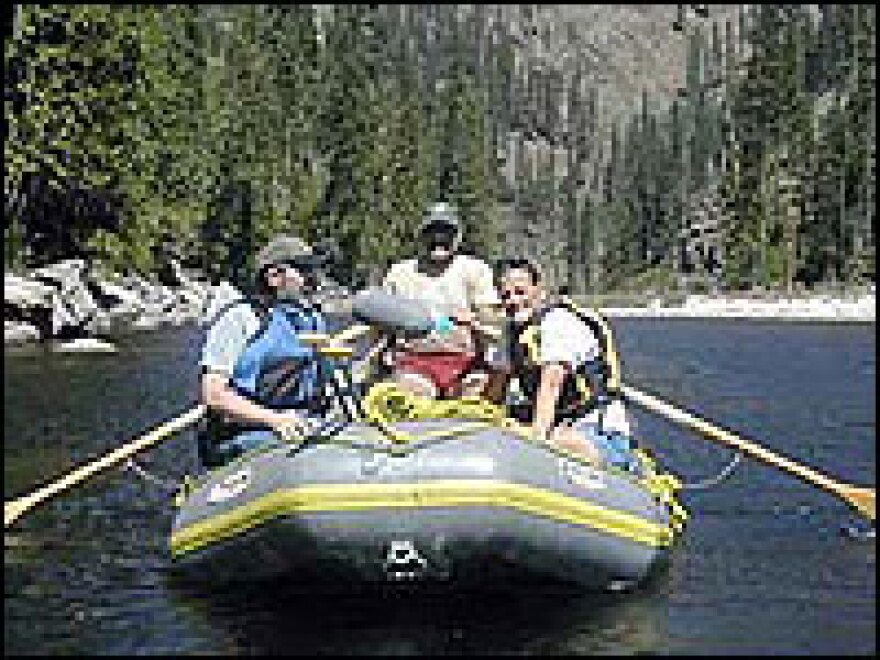


Forty years ago this week, the Wilderness Act became the law of the land for the United States. At the time, the very idea of preserving nine million acres of land in its natural condition was revolutionary -- no nation before then had ever tried to make so much of its territory permanently off limits to development.
Today, nearly 5 percent of America's wild places have been set aside, from Alaskan glaciers to Florida lagoons. For the NPR/National Geographic co-production Radio Expeditions, NPR’s Elizabeth Arnold marks the anniversary of the Wilderness Act with a visit to one of the nation's first protected places: the Selway-Bitterroot Wilderness, straddling the border between Idaho and Montana.
One of the unique aspects of the Wilderness Act was that it set up a system that allowed citizens -- and not just government agencies -- to add to the overall roster of protected lands. One of those "regular folks" is Doris Milner, a Montana resident who got angry when she stumbled on a bulldozer in a favorite place near the Selway-Bitterroot boundary she thought should be protected.
"All I knew was I was mad," she tells Arnold. "That's all I knew -- and I was going to do something about it."
Milner petitioned Congress to add that special place to what is now 1.2 million acres of protected land. In 1980, after 17 years of fighting, that land was added to the wilderness area.
Milner is just one of many Americans who have successfully petitioned to add their own special areas to the U.S. wilderness system, which now protects 106 million acres of land.
The Selway-Bitterroot Wilderness is just that: a wild place, not easily accessible and with just a few scattered reminders -- small bridges, trails and even a few homesteads established before the Wilderness Act became law -- of man's footprint on the land.
Jagged peaks shelter pine forests, clear, braided streams and the untamed Selway River, flowing 47 miles through the heart of the wilderness. Barry Williams, the sole river ranger of the Selway for 20 years, takes Arnold down a rowdy section of the river past towering cedar trees that, outside the protection of the Wilderness Act, would have been logged long ago.
Williams is philosophical about the power of nature to take care of itself, if it's left outside the reach of man. "It's incredible... how the wilderness area and the river is self-managing, in many respects, because of its remoteness and its harshness," he tells Arnold.
But Dave Campbell, the Selway's U.S. Forest Service district ranger, says leaving nature to run its course isn't as easy as it sounds. He and his fellow rangers wrestle daily with thorny issues not spelled out in the Wilderness Act, such as how to manage wildfire, invasive weeds, and whether planes flying visitors into the Selway-Bitterroot Wilderness violate the spirit of the area and the letter of the law.
And there's a constant battle against encroaching development on the edges of the wilderness. Conservation historian Dennis Baird says expansion of Wilderness Act areas has slowed in recent years.
"We lose more to pavement than we win in any given year," he says. "I'm pretty sure somewhere, someplace, somebody's got a plan to do something to all this land -- but there's a really powerful law that stands in their way."
Copyright 2022 NPR. To see more, visit https://www.npr.org.



